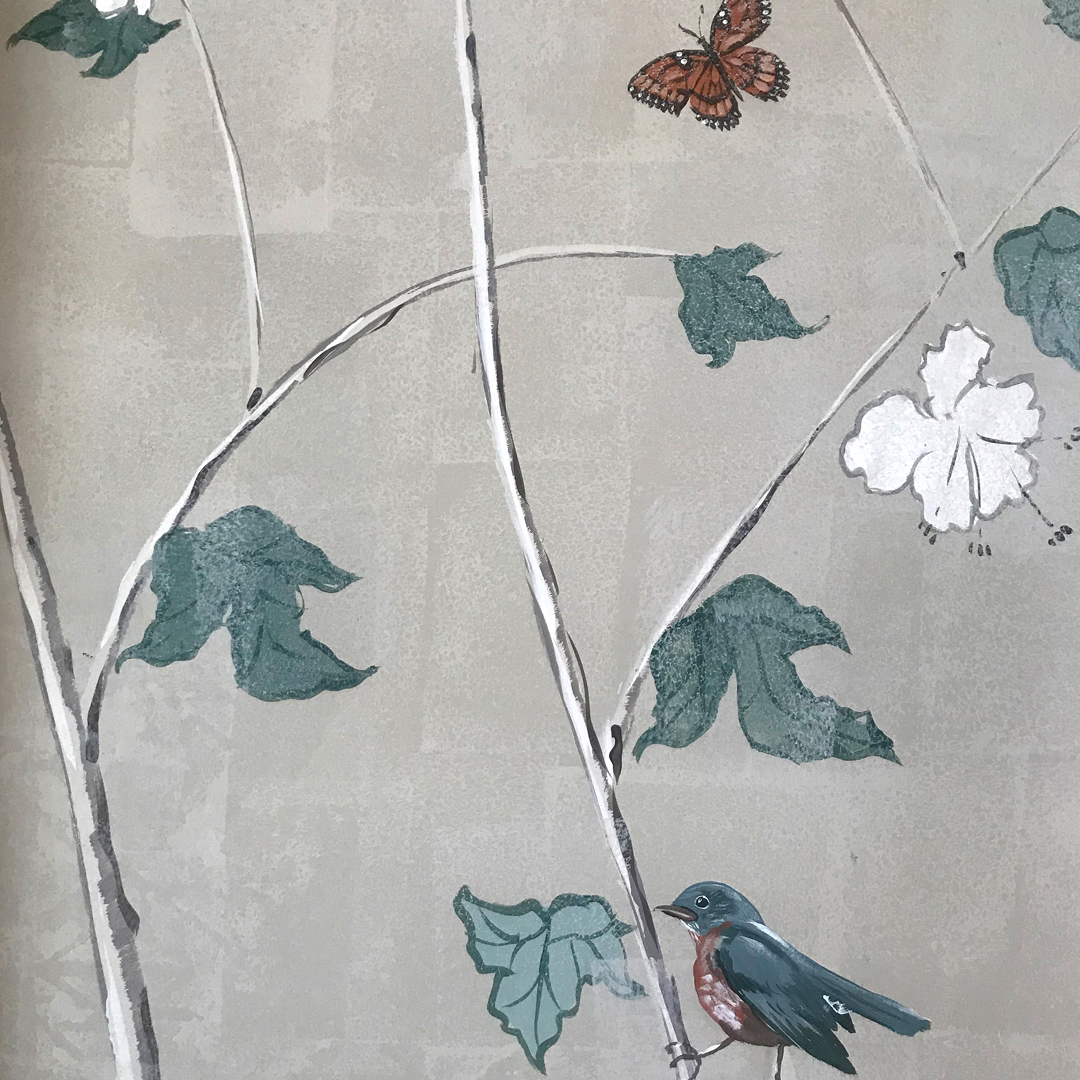Visit The Captain Nathaniel B. Palmer House Museum
Walk along the quaint, tree-lined streets of Stonington Borough and you’ll notice the well-preserved architecture that serves as a reflection of the cultural diversity and landscape of the original inhabitants: the vernacular gambrel-roofed cottages; the tenement-style homes of the immigrant and working-class residents; the grand and opulent Federal, Greek Revival, Beaux Arts and Queen Anne homes. There is one house we are particularly proud of — The Capt. Nathaniel B. Palmer House — and a visit to our village wouldn’t be complete without a tour.
The Capt. Nathaniel B. Palmer House, a transitional style between Greek Revival and Victorian Italianate, was designed by Gamaliel King of New York and built in 1852-54 for Captain Nathaniel Brown Palmer and his brother Alexander Smith Palmer, also a ship captain. The 16-room mansion sits on a 4-acre site that divides Quanaduck Cove from Lambert Cove and is all that remains of the original 100-acre estate.
The house served as Palmer’s primary residence until his death in 1877. It remained in the family until 1977. With its purchase in 1994, The Stonington Historical Society rescued the house from demolition and preserved it as a National Historic Landmark and museum. The property now serves as its headquarters and is available year-round for weddings and special events, accommodating up to 120 people.
Architectural Details
The main entrance is sheltered by a flat-roof portico supported by pairs of fluted and tapered Corinthian columns, with paired paneled pilasters flanking the double door. The windows on the main facade are framed by molded cornices with consoles. Roof lines of the main roof, portico, and cupola have dentil-like consoles and brackets. The interior of the house follows a central hall plan, with four rooms on each floor. The public rooms have particularly well-executed plaster, woodwork, and marble decoration.*
Don’t miss the captain’s study on the first floor with custom-built cabinetry and mahogany-veneered doors used to store nautical charts. The hand-painted plaster walls in the main living room are pretty spectacular as well.
The grandfather clock was made by John Avery of Preston, CT in 1760.
The house is furnished with period pieces and filled with family portraits, artifacts, dollhouses and textiles. There are a number of model ships on display including one of Palmer’s sloop Hero and memorabilia of Capt. Palmer’s discovery of Antarctica, travels and involvement in shipbuilding and international trade.
The sewing room on the second floor
Climb the winding staircase to the octagonal cupola and you’ll be rewarded with sweeping 360-degree vistas. From here, the family could identify ships arriving from distant ports and signal their siblings in neighboring houses that it was time for cocktail hour.
The Woolworth Research Library and Surrounding Grounds
Also on the property is the Woolworth Research Library. With over 600 linear feet of archival and genealogical material, the Library hosts exhibits as well as a remarkable collection of historic artifacts and objects from Stonington’s history. The current exhibition titled A Village Love Affair, showcases the life and work of the late Stonington-based photographer Rollie McKenna and runs through November. The Woolworth Research Library is open year-round, Mondays 1 – 5 pm, Wednesdays 9 - 5 pm and Fridays 1 - 5 pm. Hours are subject to change so please call in advance (860) 535-8445.
The grounds are beautiful and peaceful. There are short walking paths that lead to the gardens and cove where you can enjoy a picnic lunch during your visit.
About “Captain Nat”
Born 1799 into a seafaring family, Nathaniel B. Palmer made his first voyage at the age of 14. He came to Stonington in 1819 when the harbor was home to a fleet engaged in the seal trade. He became captain of a small sloop which served as the tender and exploratory vanguard of a fleet of seven larger sealers.* While searching for new seal rookeries south of Cape Horn when he was merely 21 years old, Palmer became the first American to discover Antarctica.
Palmer designed a faster sailing vessel called the clipper ship while on a trading trip to China. Built in 1844, the Houqua sailed from New York City to China in a record 95 days. A biography of “Captain Nat”, titled Captain Nathaniel Brown Palmer, An Old-Time Sailor of the Sea by John R. Spears was published in 1922.
Hours:
The Museum will open to visitors for the season on May 3, 2019. Tours run Friday through Sunday in May, Friday through Monday, June through October, on the hour beginning at 1 pm. The last tour is at 4 pm.
Admission: $10 for adults; $8 for seniors, active military, and students; $6 for children 6-12; members and children under the age of 6 are free. Admission price includes a visit to the Old Lighthouse Museum.
Address:
40 Palmer Street
Stonington, CT 06378
(860) 535-8445
*Cunningham, Jan (1994-10-30). "National Historic Landmark Nomination: Captain Nathaniel B. Palmer House" (pdf). National Park Service.









